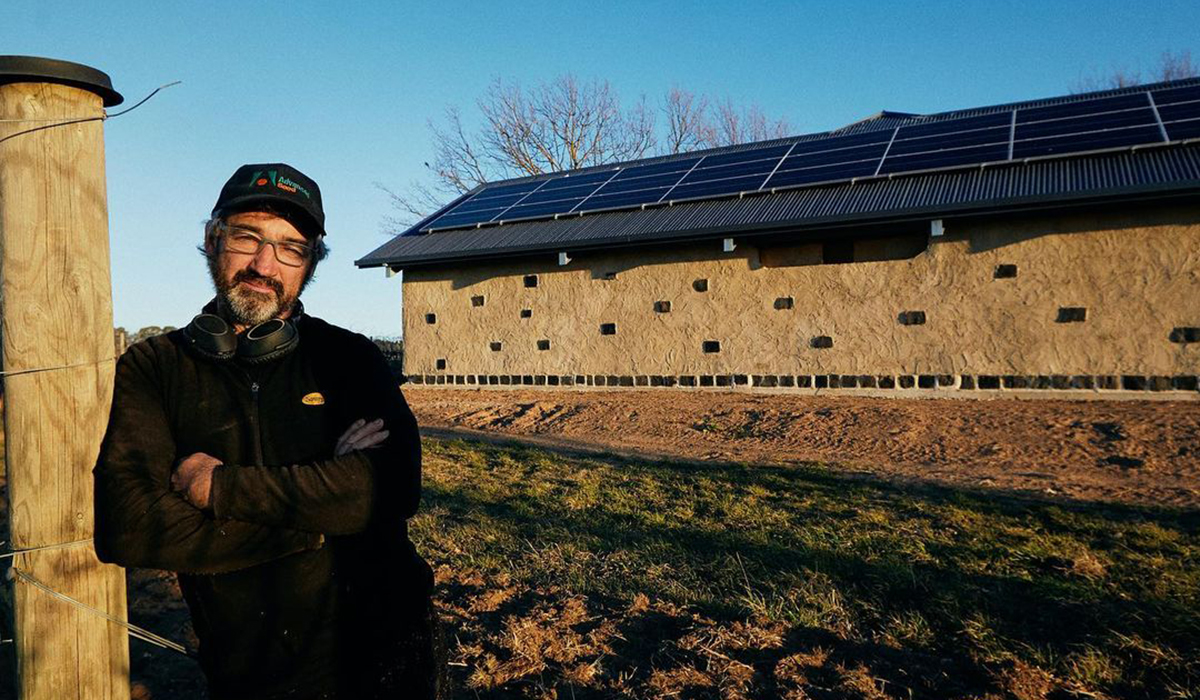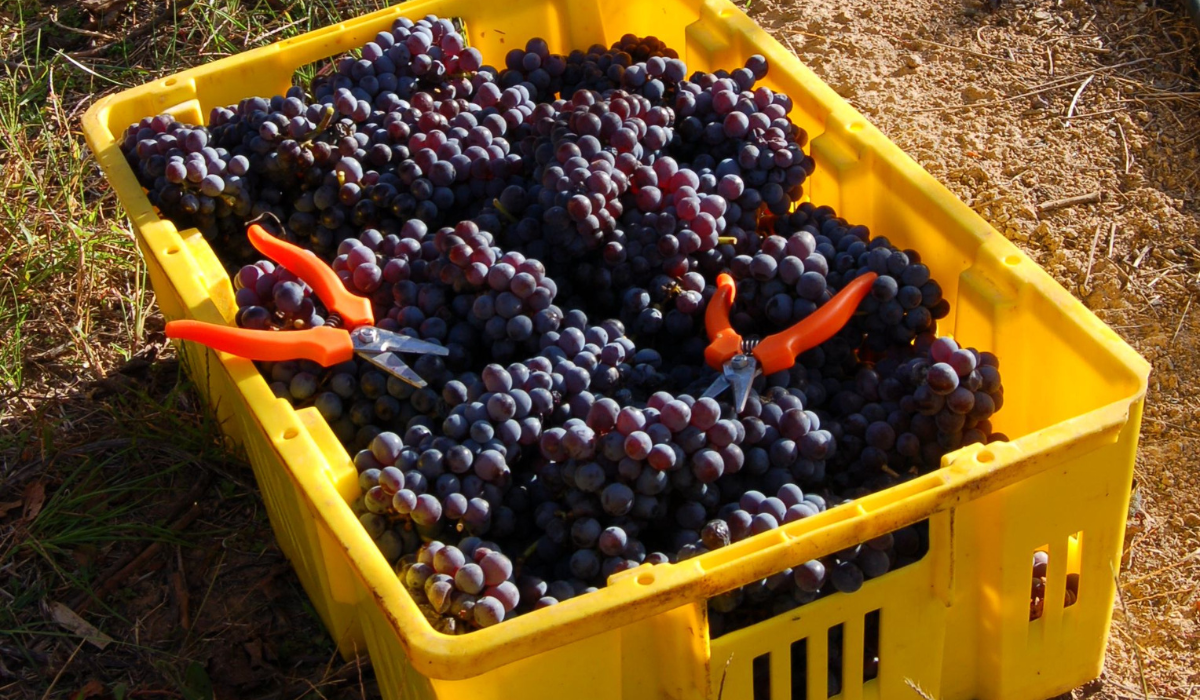The best place to start a tour of the Hilltops region is its beating heart and epicentre, the town of Young, about 165 kilometres north-west of Canberra. It’s known as the cherry capital of Australia, just another reason to visit particularly in summer.
But any season is lovely with the picturesque countryside heaving with orchards, olive groves and vineyards. It’s a grape growers’ paradise: cool climate, around 500 metres above sea level, and generally frost free, which is why many producers from Victoria through to Queensland tap into the goldmine of available fruit.
And the diversity is astonishing. Apart from chardonnay, shiraz and cabernet sauvignon, there’s tempranillo and an abundance of Italian options: nebbiolo, sangiovese, prosecco and fiano for starters. Yet, the Hilltops’ modern wine era is relatively young, reignited in 1969 when Peter Robertson started Barwang Wines.

For 22 years, Brian Freeman, a former professor of wine science at Charles Sturt University, has called Hilltops home all because of his obsession with northern Italian reds rondinella and corvina. Why? Amarone, a style made from partially dried grapes.
“I was fascinated by these long-lived wines as they have massive complexity and natural tannins. That’s why I focused on them,” he says.
As a grower, he has spent the last 20 years buying vineyards to the point he owns about a third of the region’s sites – around 200 hectares comprising 27 different varieties. That’s commitment. So what makes Hilltops special?
“The soils and climate. The region sits on a huge granite rock and from that rock is 15 to 18 metres of decomposed granite soils plus red sand blown in from central Australia. We have
free draining, very good soils particularly for red varieties. We can produce fantastic quality grapes.”

He crafts some of the most interesting, unique and exhilarating styles from fresh prosecco, textural fiano, and his youthful Corvina Rondinella Rosso to the rich, Amarone-style Robusta Corvina.
Given the size of his vineyard holdings, Brian quips: “We are very efficient at growing grapes and that supports the hobby of having a winery.”
Speaking with him in the thick of harvest, he says: “There’s something so satisfying in seeing a truckload of grapes roll out of the gate (destined for their allocated producer) even after not sleeping for 26 hours. It’s just amazing to farm, to produce something that keeps people going and then seeing the outcome; wine.”
This article is for Halliday members only. Sign up to become a member here.



